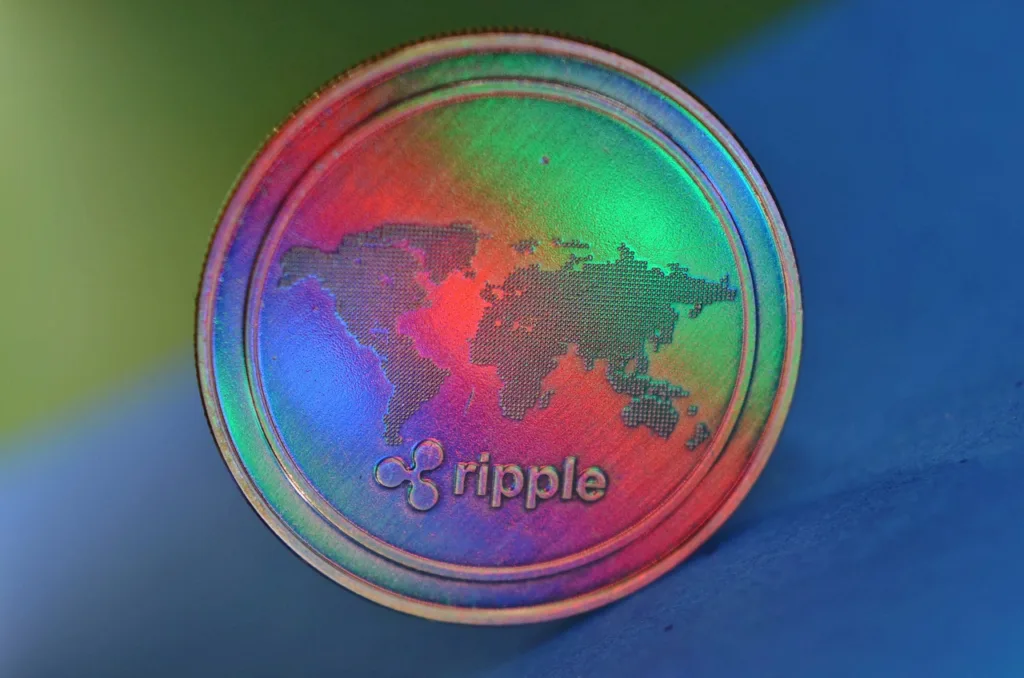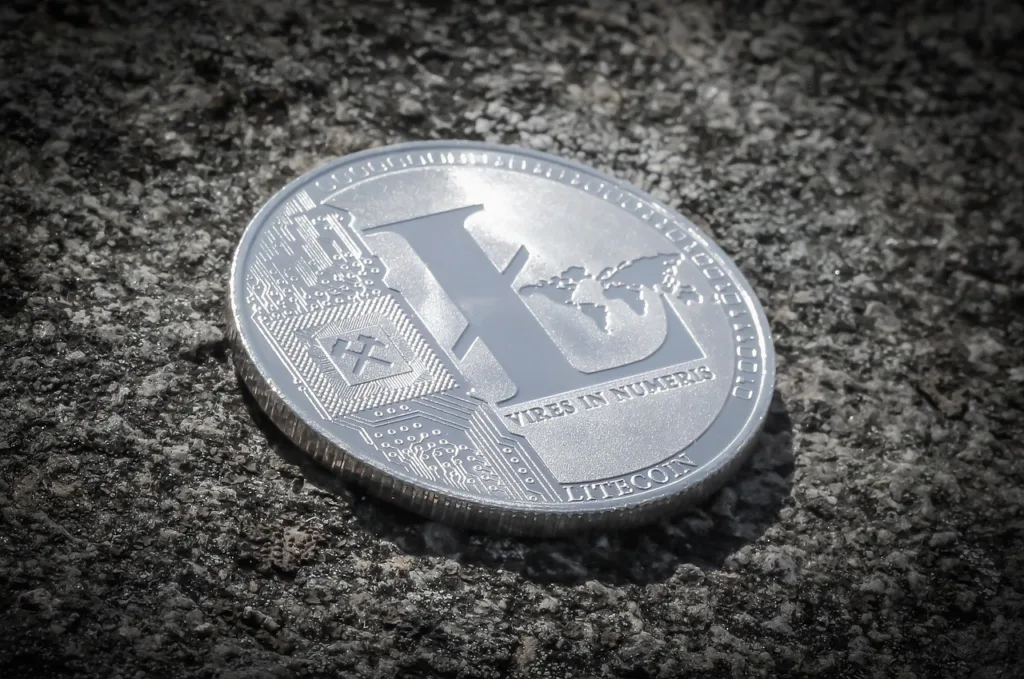Table of Contents
Introduction of Cryptocurrencies
The world of cryptocurrencies is a fascinating and rapidly evolving landscape. Since the inception of Bitcoin in 2009, thousands of different cryptocurrencies have emerged, each with its unique features, purposes, and technologies. In this blog post, we will delve into some of the most prominent and intriguing types of cryptocurrencies, shedding light on their functionalities and use cases.For cryptocurrencies update price you can go on https://www.gadgets360.com/finance/crypto-currency-price-in-india-inr-compare-bitcoin-ether-dogecoin-ripple-litecoin.
1. Bitcoin (BTC)

As the pioneer of cryptocurrencies, Bitcoin remains the most recognized and widely used digital currency. Created by an anonymous person or group of people using the pseudonym Satoshi Nakamoto, Bitcoin is a decentralized digital currency that operates on a peer-to-peer network. Its primary use case is as a store of value and a digital alternative to traditional currencies. Bitcoin’s limited supply (21 million coins) makes it deflationary by nature, which many believe adds to its allure as a hedge against inflation.
Market Cap: Approximately $900 billion
- As the first and most well-known cryptocurrency, Bitcoin has the largest market capitalization in the crypto space. Its market cap can fluctuate significantly due to its dominance and price volatility.
2. Ethereum (ETH)

Ethereum is not just a cryptocurrency but also a smart contract platform that has revolutionized the world of blockchain technology. Ether (ETH), Ethereum’s native cryptocurrency, fuels the network and is used to pay for transactions and deploy smart contracts. The Ethereum blockchain enables developers to create decentralized applications (DApps) and tokens, expanding its use cases far beyond simple transactions.
Market Cap: Approximately $370 billion
- Ethereum is the second-largest cryptocurrency by market cap and is known for its smart contract capabilities, enabling the development of decentralized applications (DApps).
3. Ripple (XRP)

Ripple’s XRP cryptocurrency aims to facilitate cross-border payments and money transfers, especially for financial institutions and banks. RippleNet, the network that powers XRP, provides a seamless, fast, and cost-effective way to settle international transactions. Unlike Bitcoin and Ethereum, Ripple’s consensus mechanism relies on a network of trusted validators, which has led to some controversy and debate within the crypto community.
4.Litecoin (LTC)

Often referred to as “silver” to Bitcoin’s “gold,” Litecoin is a peer-to-peer cryptocurrency created by Charlie Lee in 2011. It shares many similarities with Bitcoin but boasts faster transaction confirmation times due to its shorter block generation time. Litecoin is primarily used for smaller and faster transactions and is considered a valuable testing ground for implementing new features before they are adopted by Bitcoin.
Market Cap: Approximately $9 billion
- Litecoin is often referred to as the “silver” to Bitcoin’s “gold.” It offers faster transaction confirmation times and is used for smaller, everyday transactions.
5. Binance Coin (BNB)
Binance Coin, initially launched as part of the Binance exchange ecosystem, has expanded its utility over the years. BNB can be used to pay for trading fees on the Binance platform and is an integral part of Binance Smart Chain (BSC), a blockchain network designed for fast and low-cost transactions and smart contracts. BNB’s versatility has made it a popular choice among traders and developers.
Market Cap: Approximately $70 billion
- Binance Coin is the native cryptocurrency of the Binance exchange and is used for various purposes within the Binance ecosystem, including trading fee discounts and participation in token sales.
6. Cardano (ADA)
Cardano is a blockchain platform that aims to provide a secure and scalable infrastructure for the development of smart contracts and decentralized applications. ADA, the native cryptocurrency of the Cardano network, is used for staking and participating in the platform’s governance. Cardano distinguishes itself through a strong focus on research, peer-reviewed development, and sustainability.
Market Cap: Approximately $70 billion
- Cardano is a blockchain platform known for its focus on research and peer-reviewed development. ADA, its native cryptocurrency, is used for staking and governance.
7. Polkadot (DOT)
Polkadot is a unique multi-chain network that connects different blockchains to enable interoperability between them. DOT, the native cryptocurrency of the Polkadot network, is used for governance, bonding, and staking. Polkadot’s architecture is designed to facilitate the creation of specialized blockchains (parachains) that can be customized for various use cases, from DeFi to supply chain management.
Market Cap: Approximately $30 billion
- Polkadot is a multi-chain network that enables interoperability between different blockchains. DOT tokens are used for governance and bonding.
8. Chainlink (LINK)
Chainlink is a decentralized oracle network that bridges the gap between blockchain smart contracts and real-world data sources. LINK, the native cryptocurrency of Chainlink, is used to incentivize node operators who provide accurate data to smart contracts. Chainlink plays a crucial role in enabling decentralized applications to access off-chain information, enhancing their functionality and reliability.
Market Cap: Approximately $14 billion
- Chainlink is a decentralized oracle network that connects smart contracts to real-world data sources. LINK tokens incentivize node operators to provide accurate data.
9. Stellar (XLM)
Stellar is a blockchain platform designed to facilitate cross-border payments and asset transfers. It focuses on providing financial services for the unbanked and underbanked populations, making it easier for people in developing regions to access financial services. XLM, the native cryptocurrency of the Stellar network, is used to facilitate these transactions and is often regarded as a bridge between different currencies.
ALSO READ FUTURE OF FINANCE – https://helpingblogs.com/cryptocurrencies-and-blockchain-technology/
10. Tezos (XTZ)
Tezos is a blockchain platform that emphasizes on-chain governance and smart contract safety. XTZ, Tezos’ native cryptocurrency, is used for staking and voting on network upgrades. Tezos’ self-amendment mechanism allows the network to evolve and adapt without contentious hard forks, making it a promising choice for long-term sustainability.
Market Cap: Approximately $4 billion
- Tezos is known for its focus on on-chain governance and smart contract safety. XTZ tokens are used for staking and participating in the network’s decision-making processes.
11. VeChain (VET)
VeChain focuses on supply chain management and product authenticity verification. It provides a transparent and immutable ledger to track the origin and history of products, which can be especially valuable for luxury goods and the food industry. VET, the native cryptocurrency of VeChain, is used to power transactions and execute smart contracts on the network.
Market Cap: Approximately $8 billion
- VeChain focuses on supply chain management and product authenticity verification. VET tokens are used for various operations within the VeChainThor blockchain.
12. Rarible (RARI)
Rarible is a unique platform in the world of non-fungible tokens (NFTs). RARI is the native governance token of the Rarible platform, which allows users to create, buy, sell, and trade NFTs. The token enables community-driven decision-making, giving users a say in platform upgrades and policies.
Market Cap: Approximately $1 billion
- Rarible is a platform for creating, buying, selling, and trading non-fungible tokens (NFTs). RARI tokens play a role in the governance of the platform.
13. Aave (AAVE)
Aave is a prominent player in the decentralized finance (DeFi) space. AAVE is both a governance token and an interest-bearing asset. Users can stake their AAVE tokens in the Aave protocol and earn interest or participate in governance decisions to shape the future of the platform.
Market Cap: Approximately $3 billion
- Aave is a prominent DeFi platform, and AAVE tokens are used for staking, participating in governance, and accessing decentralized lending and borrowing services.
14. Monero (XMR)
Monero is a privacy-focused cryptocurrency that places a strong emphasis on anonymity and fungibility. Transactions on the Monero network are confidential and untraceable, making it a preferred choice for users who value privacy in their financial transactions.
Market Cap: Approximately $4 billion
- Monero is a privacy-focused cryptocurrency that provides confidential and untraceable transactions, making it a preferred choice for users valuing privacy.
15. Dogecoin (DOGE)

While initially created as a meme, Dogecoin has gained popularity as a “fun” and user-friendly cryptocurrency. It has been used for tipping content creators online and occasionally for charity events. DOGE’s community-driven nature and low transaction fees have endeared it to many users.
16. Filecoin (FIL)
Filecoin is a decentralized storage network that allows users to rent out their unused storage space and earn FIL tokens in return. It aims to create a more efficient and decentralized alternative to traditional cloud storage providers like Amazon Web Services (AWS) and Google Cloud. FIL tokens are used to pay for storage and retrieval services within the Filecoin network.
Market Cap: Approximately $4 billion
- Filecoin is a decentralized storage network where FIL tokens are used to incentivize users to share their unused storage space and earn rewards.
17. Solana (SOL)
Solana is a high-performance blockchain platform known for its scalability and speed. It’s designed to support decentralized applications (DApps) and DeFi projects, offering fast transaction confirmation times and low fees. SOL, the native cryptocurrency of Solana, is used for various purposes within the network, including staking, governance, and transaction fees.
Market Cap: Approximately $45 billion
- Solana is known for its high-speed and scalable blockchain platform, supporting decentralized applications and DeFi projects. SOL is the native cryptocurrency of the Solana network.
18. Chia (XCH)
Chia is a unique cryptocurrency that uses a “proof of space and time” consensus mechanism instead of the energy-intensive proof of work used by Bitcoin. Chia miners provide unused hard drive space to secure the network and earn XCH tokens as rewards. This Eco-friendly approach to mining has garnered attention for its reduced environmental impact.
Market Cap: Approximately $2 billion
- Chia is a unique cryptocurrency that uses a “proof of space and time” consensus mechanism, focusing on energy-efficient mining through hard drive space.
19. Theta (THETA)
Theta is a blockchain project focused on revolutionizing the video streaming industry. THETA tokens are used to incentivize users to share their computing resources and bandwidth to improve the quality and efficiency of video streaming. Theta aims to reduce content delivery costs and enhance the streaming experience for both creators and viewers.
Market Cap: Approximately $5 billion
- Theta is a blockchain platform focused on improving video streaming. THETA tokens incentivize users to share their bandwidth and computing resources to enhance video delivery.
20. Polygon (MATIC)
Polygon, formerly known as Matic Network, is a layer 2 scaling solution for Ethereum. It aims to improve Ethereum’s scalability and reduce transaction fees. MATIC tokens are used for securing the Polygon network, participating in governance, and paying transaction fees on the platform.
21. EOS (EOS)
EOS is a blockchain platform designed for building decentralized applications. It aims to provide developers with a user-friendly environment for creating DApps and smart contracts. EOS tokens are used for resource allocation, network governance, and transaction fees on the EOS network.
22. Avalanche (AVAX)
Avalanche is a highly scalable blockchain platform that supports custom blockchains and interoperability between different networks. AVAX tokens are used for staking, participating in consensus, and paying for transactions within the Avalanche ecosystem.
Market Cap: Approximately $6 billion
- Avalanche is a scalable blockchain platform that supports custom blockchains and interoperability. AVAX tokens are used for staking and network participation.
23. IOTA (MIOTA)
IOTA is a cryptocurrency specifically designed for the Internet of Things (IoT). It uses a unique technology called the Tangle, which eliminates the need for traditional blockchain structures and allows for fee less micro transactions. MIOTA tokens are used to facilitate data and value transfer in the IoT ecosystem.
Market Cap: Approximately $4 billion
- IOTA is designed for the Internet of Things (IoT) and utilizes the Tangle technology to enable fee less micro transactions and data transfer between IoT devices.
24. Dai (DAI)
Dai is a stable coin that aims to maintain a 1:1 peg with the US dollar. Unlike traditional stable coins that rely on centralized reserves, Dai achieves stability through decentralized mechanisms and collateralization. Users can generate Dai by locking up other cryptocurrencies as collateral in smart contracts.
Market Cap: Approximately $4 billion
- Dai is a decentralized stable coin on the Ethereum blockchain, designed to maintain a 1:1 peg with the US dollar. It achieves stability through decentralized mechanisms.
Conclusion
The world of cryptocurrencies is a vast and ever-expanding ecosystem with a cryptocurrency tailored to almost every use case and preference. Whether you’re interested in blockchain technology’s potential for financial inclusion, decentralized finance, NFTs, or privacy, there’s likely a cryptocurrency project that aligns with your interests. However, it’s essential to approach the crypto space with caution, conduct thorough research, and consider the associated risks and regulatory factors before investing or using cryptocurrencies. As the crypto world continues to evolve, staying informed and adaptable is key to navigating this exciting frontier.
IF YOU LIKE OUR ARTICLE YOU CAN ALSO READ OUR OTHER ARTICLES ON http://WWW.HELPINGBLOGS.COM


Hello! Someone in my Facebook group shared this website with us so I came to check it out. I’m definitely loving the information. I’m bookmarking and will be tweeting this to my followers! Superb blog and terrific design and style.